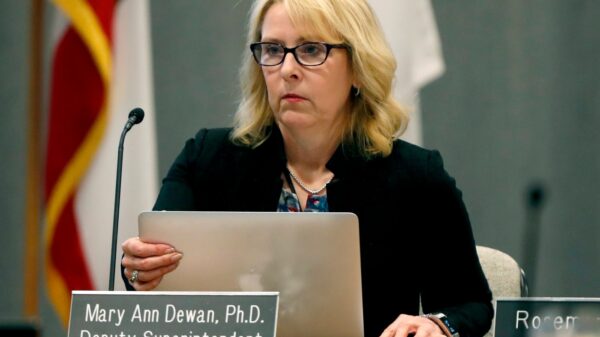A recent report from the Norwegian University of Science and Technology (NTNU) warns against the potential risks of scaling up ocean-based carbon dioxide removal technologies. Released during the COP30 climate conference in Brazil, the findings emphasize that while the ocean has the capacity to absorb carbon dioxide, current methods are not sufficiently reliable for widespread implementation.
Experts have raised concerns about rushing into marine carbon removal without adequate safeguards. This report, prepared by an expert panel for the European Marine Board, highlights the need for robust monitoring and verification systems to ensure environmental protection. As the world races towards the critical 1.5°C threshold, researchers stress that reducing emissions must remain the foremost priority.
Ocean Solutions and Technology Readiness
The oceans are expected to play a crucial role in mitigating climate change by removing carbon dioxide from the atmosphere. However, the report asserts that the technologies available today are not ready for large-scale deployment. According to Helene Muri, a senior researcher at NTNU and lead of the expert group, “This is about safeguarding the oceans for a common good. The oceans can be part of the climate solution, but we need to strengthen the way we safeguard them before we scale things up.”
Marine carbon dioxide removal strategies leverage the ocean’s natural ability to absorb carbon. Methods range from biological approaches, like enhancing plankton or seaweed growth, to chemical techniques that directly extract carbon from seawater. Once captured, carbon can be stored in various ways, including deep-sea sediments and geological formations.
Priority on Emission Cuts
During the COP30 Leaders’ Summit, UN General Secretary António Guterres highlighted the urgency of the climate crisis, stating, “The 1.5°C limit is a red line for humanity. It must be kept within reach.” The European Marine Board report underscores the importance of focusing on proven methods for emission reduction, particularly as global temperatures continue to rise faster than anticipated.
Muri emphasized the need for immediate action to cut emissions, saying, “We know how to cut emissions, and we have lots of methods that work. That has to take top priority.” The challenge lies in addressing sectors that are more difficult to decarbonize, such as aviation and shipping, which will require complementary actions like carbon removal.
The Need for Carbon Removal
As countries aim for net-zero emissions by 2050, the role of carbon removal becomes increasingly critical. While reducing emissions is essential, some residual emissions from hard-to-decarbonize sectors will persist. Muri highlighted that achieving net negative emissions is crucial to meet the 1.5°C target, which may require removing between 5 to 10 gigatons of carbon dioxide annually by the end of the century, according to scenarios from the Intergovernmental Panel on Climate Change (IPCC).
Existing land-based carbon removal methods, such as afforestation and direct air capture facilities, provide a framework for managing residual emissions. These approaches demonstrate that while carbon removal is necessary, it must be part of a broader strategy that prioritizes emissions reductions.
Navigating Technical and Scientific Challenges
Field trials are underway to assess various marine carbon removal techniques, yet many remain in early stages of development. Muri points out that establishing standards for monitoring, reporting, and verification is vital. She noted that while marine strategies may mirror successful land-based efforts, they pose unique challenges in terms of governance and oversight.
The complexity of storing carbon in the ocean adds to the difficulties. Muri explained, “If you’re storing it in the ocean… it’s a lot harder to govern it and also monitor it. The ocean doesn’t stay put.” This raises questions about how to ensure accountability for carbon credits and environmental impacts as technologies advance.
Looking to the Future
Despite the uncertainties, Muri remains cautious yet optimistic. “All future scenarios are showing us that we will need carbon dioxide removal in order to reach our most ambitious temperature goal,” she stated. While acknowledging the risks associated with current marine carbon removal methods, she emphasized their potential role in climate strategy.
Muri cautioned that while some may hope for a quick fix through ocean solutions, “We’re not there yet.” She reiterated the importance of establishing reliable standards and verification systems before scaling up these technologies. Without such measures, the effectiveness and safety of marine carbon dioxide removal remain in question.
As discussions continue at COP30, the balance between innovation and environmental protection remains a central theme in the fight against climate change.



































































